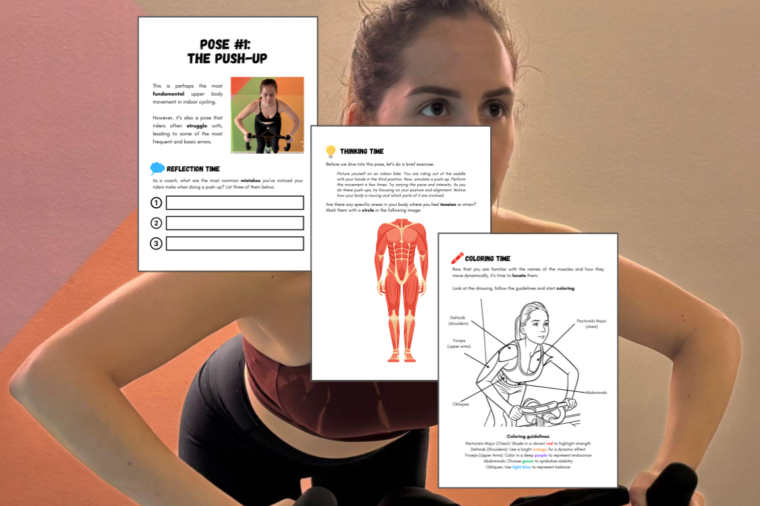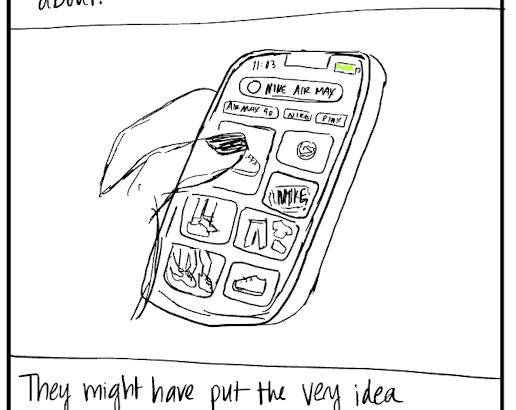The problem 🧩
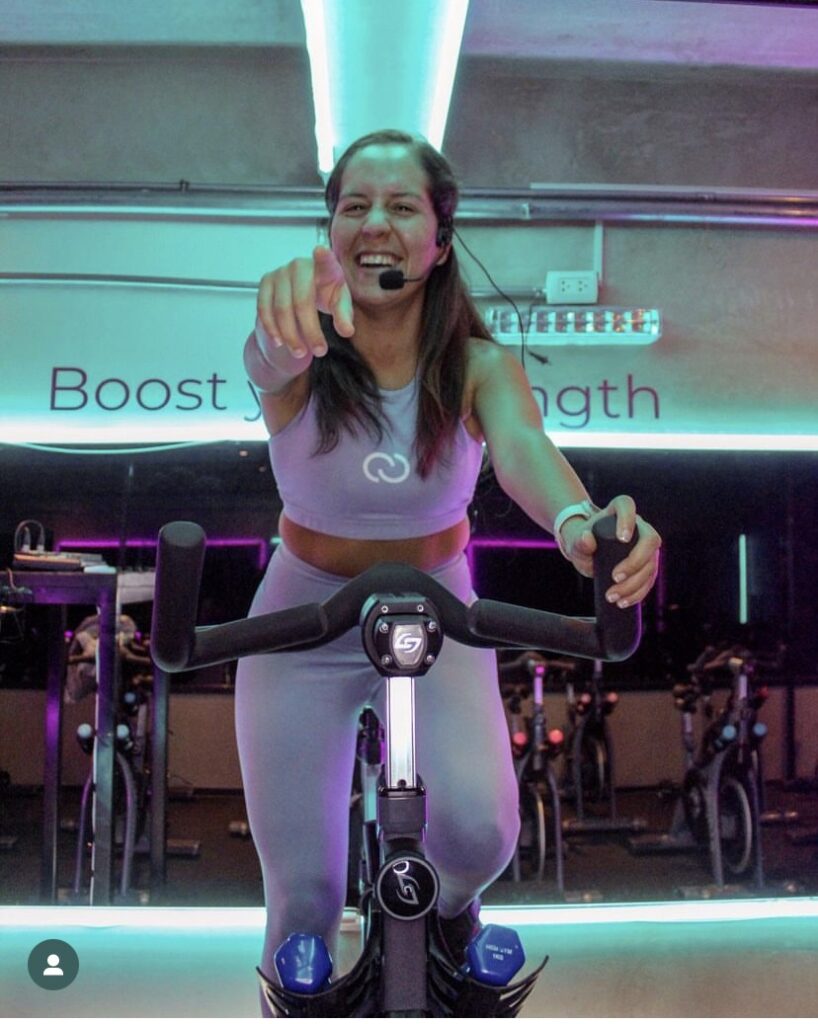
Have you ever been really good at something but felt like something else was missing, and you just couldn’t figure out what it was?
That’s how I felt when I started my journey as an indoor cycling coach in Peru about three years ago.
Even though I was great at putting together creative choreographies and facilitating engaging classes, I often felt very limited in how I could truly help my students improve their performance, stay safe, and feel included, no matter their skill level.
Turns out, I wasn’t alone.
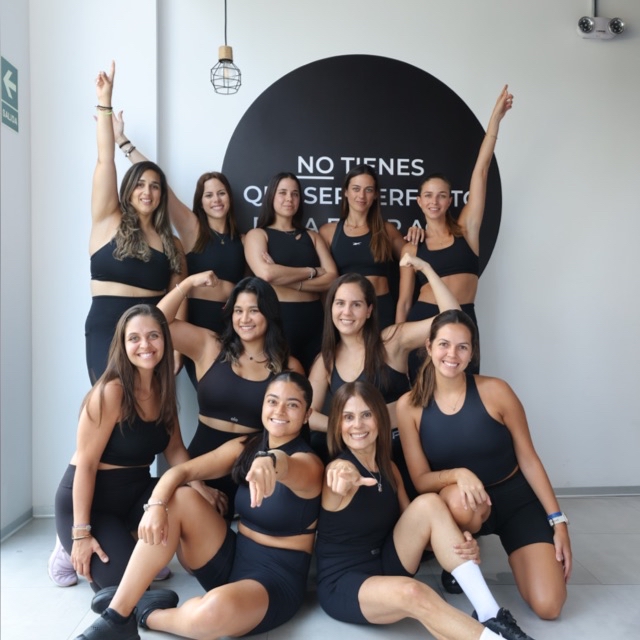
Other instructors in my studio were feeling the same way. They wanted to become more effective teachers but they didn’t know how. After some digging, we finally found out the missing element: anatomy training.
We realized that by better understanding the muscle groups and physiology involved in cycling we could actually become better coaches. Being able to name these muscles and identify how they work together to execute different movements would allow us to provide better feedback to our students. In this way, by correcting our students’ technique and body posture, we could better support them to take their riding to the next level.
Now, the question was: How can we help indoor cycling instructors develop a greater awareness of the anatomy and physiology involved in cycling?
This is how RideSmart was born.
The solution 💡
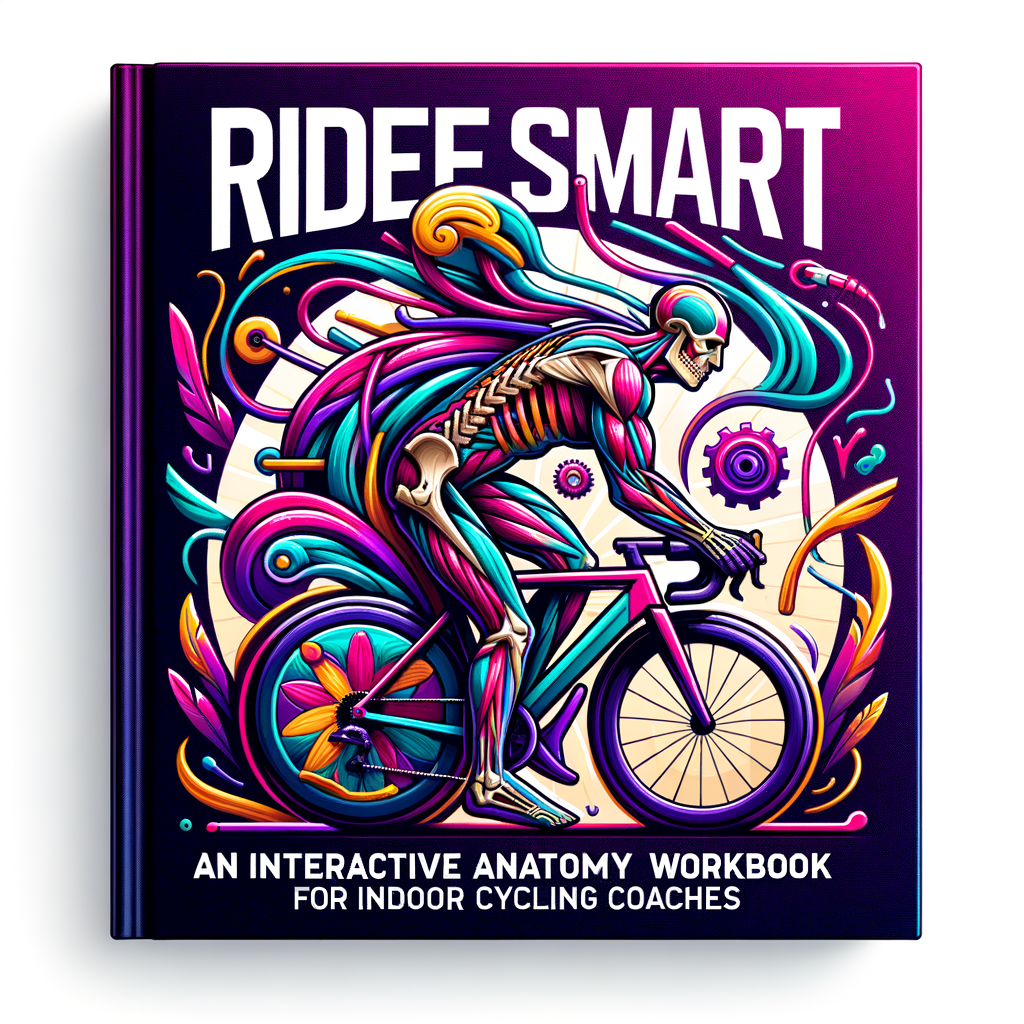
RideSmart is an interactive AR-powered physical workbook designed specifically for indoor cycling coaches. This tool seeks to support instructors in developing a deeper connection between mind and body, body awareness, and anatomy training regarding indoor cycling.
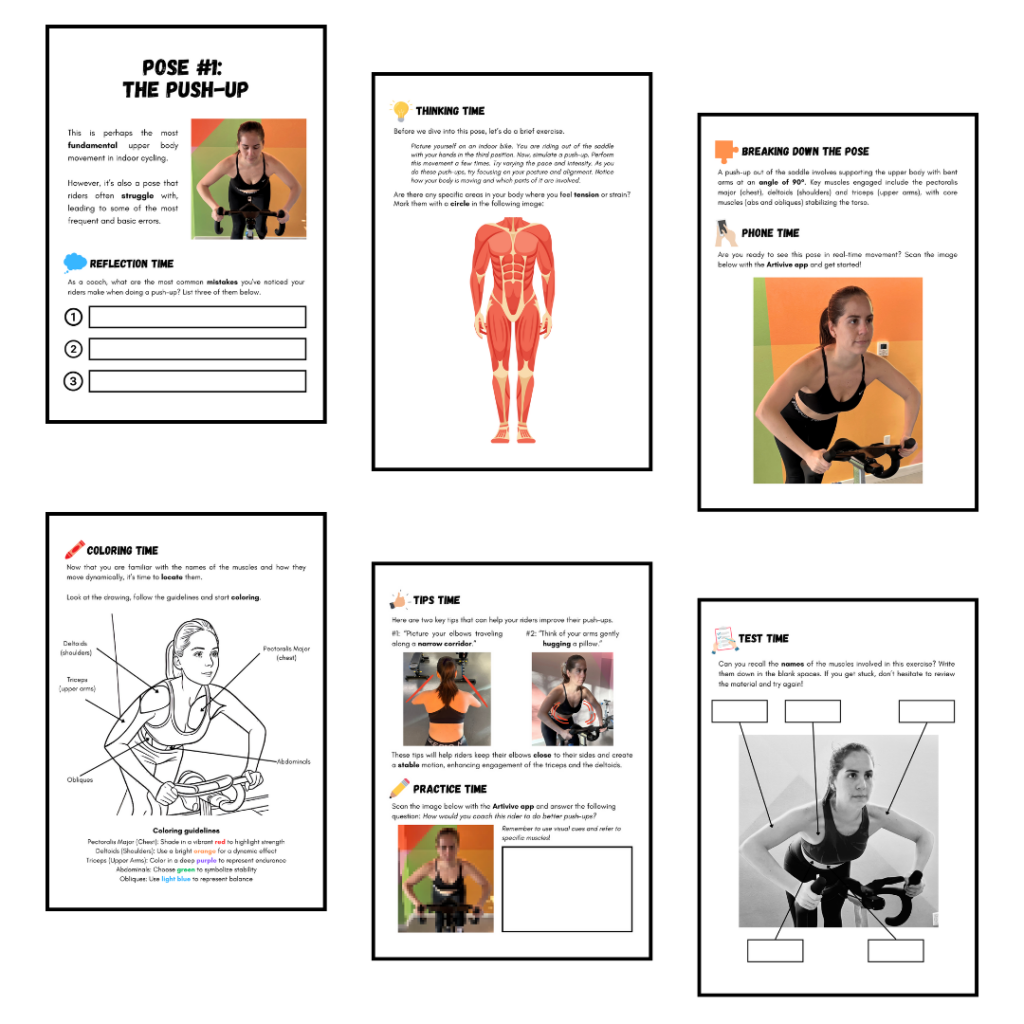
It is a simple yet enjoyable learning experience for coaches, where they will both reflect on their current knowledge and apply new learning in coaching-related scenarios. Also, it is a very flexible tool, as it can be used both as a self-directed or instructor-led learning experience.
RideSmart combines interactive elements such as:
- Reflective exercises
- Anatomy-based descriptions of poses
- Coloring pages with muscle labels
- Anatomy-based tips and tricks specifically for coaches
- Augmented reality experiences
- Testing exercises
In this way, it ensures that the learning experience is based on a reflective, task-oriented and hands-on approach.
You can find the prototype here.
The process 👣
Creating RideSmart has profoundly enhanced my understanding of learning design. Through this project, I’ve realized that designing is an art. It requires one to be creative, think outside the box and embrace uncertainty. Especially, it requires you to be open to ALL ideas – especially the craziest ones! This is how I ended up integrating augmented reality into my prototype – and I think it resonated a lot with the coaches I tested my prototype with (watch the video for a sample!).
Also, my project taught me that there is no linear process to follow in learning design. Even if we try to approach it from a “waterfall” method, there will always be something pulling you back and forth to enhance your solution. This is where I particularly value the actions of seeking feedback and iterating. Both will push you out of your comfort zone and will make you feel lost at times. But – don’t despair! Remember: “Fail frequently, fail fast”! Approach failure as your friend and you will see how many new possibilities emerge. This is also how a lot of great ideas for my workbooks came to life (such as the video from the perspective of the rider)!
The future 🔮
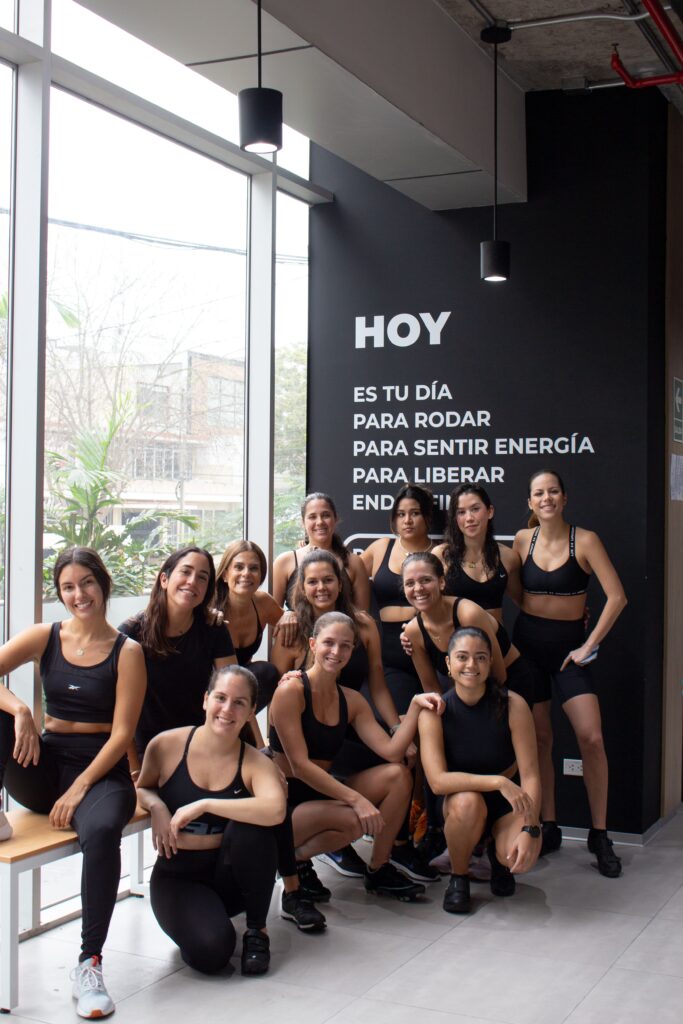
For the next steps in developing RideSmart, I am planning several enhancements to enrich the learning experience:
- I aim to incorporate color animations in the AR videos, which will visually highlight specific muscles as they engage during each movement, deepening the anatomical understanding of instructors.
- I plan to expand the content at the end of the workbook by including a muscle glossary and a list of poses linked to each muscle group, offering a comprehensive reference for users.
- To adapt to different learning preferences, I am considering creating a digital version for eBooks and potentially developing a Spanish version to cater to a broader audience.
- I will continue interviewing more coaches at my studio in Peru to obtain valuable insights regarding when, where, and how frequently they might use the workbook.
- I will explore adding optional group learning activities to enhance the experience if the workbook is used in workshop settings.
- In order to diversify the types of activities included and keep engagement high, I will introduce other interactive tasks such as outlining muscles, do’s and don’ts, crosswords, word search, etc.
